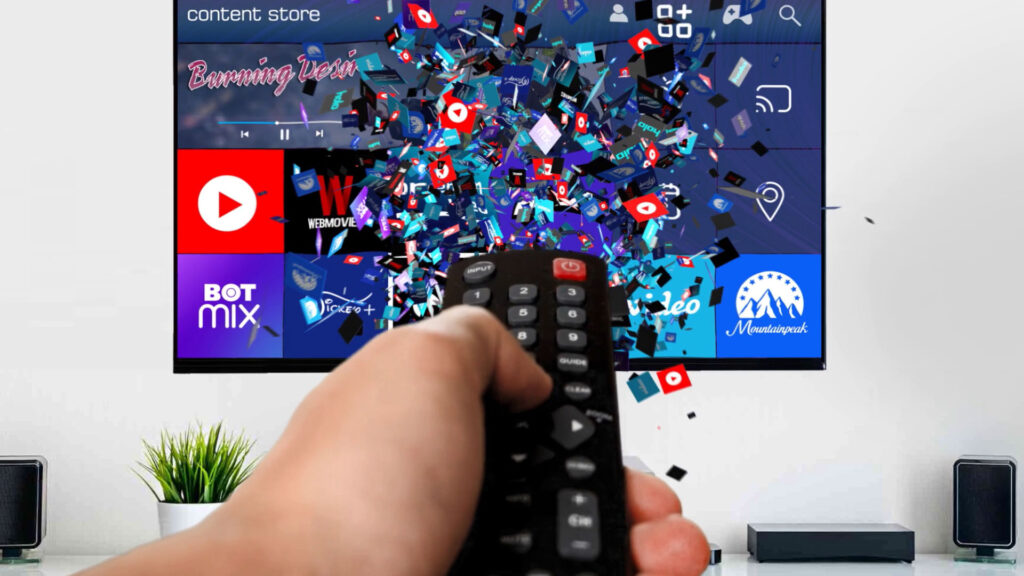Paul Gray (Omdia)
The big television media story at present is FAST, free ad-supported streaming television. Perhaps what is surprising is how like normal television services it is: linear channels with added on-demand layers. Such channels are bundled as services from (among many others) Pluto TV and Rakuten. Smart TV platform owners such as Samsung, LG Electronics and Roku have now all launched their own services, joining
the incumbents of Google, Amazon and Apple who have owned both content and platforms for a while.
Simply considering streaming services, Omdia counts over 3,700 worldwide, including broadcaster catch-up services. At the same time, distribution is becoming ever more of a patchwork. In the United States, National Football League coverage is now shared between seven services, as streaming companies muscle in and buy coverage rights. At the same time, streamers are launching ad-supported tiers to complement their subscription services with a mix of free and ad-supported business models.
Zero margin hardware
Another dimension that is changing is the position of CE (consumer electronics) brands. Until now they have been largely neutral, aiming to support broadcasters’ technical ambitions as new technologies offered a chance to stimulate sales. But the larger CE companies now own platforms and generate revenues from them on advertising, services, and audience data. Already in the United States, the smart TV advertising market is worth more than TV set sales. Brands such as Vizio and Roku sell their hardware at almost zero margin, essentially deriving their profits solely from advertising and data.
While such a situation may be tolerable for companies, the picture for consumers is less rosy. Faced by an explosion of content choice, it is increasingly difficult to search or discover something to watch. In the United States, we track over 1,200 thematic streaming channels. These channels are bundled inside the silos of the individual apps. Finding even a specific movie title may require a repeated process of opening an app, searching, and then repeating in another app.
App silos
With such a profusion of choice consumers will need to be able to browse, search and receive recommendations (including ‘surprise me!’). Ultimately what is necessary is a unified data set and a content-centric interface. A consumer-centric approach would also serve many broadcasters and content providers well, as the problem of being hidden in a jungle of content is only getting worse.
Current broadcasters are by no means blameless, with an insistence that consumers enter their app silos through the hatch at the top. Many consumers (especially older ones) solve the problem by channel zapping, but this means much content remains unknown. Younger viewers mix devices so freely and are comfortable with (and primarily use) search and voice control to find what they want.
While brands always dream of being in control and capturing consumers inside their own proprietary systems, the hard truth remains that open, neutral systems tend to innovate faster. Consumers also learn to escape the walled gardens and want content to be presented with their interests at heart, not the provider’s. DVB-I could present an opportunity for a level, consumer-centred playing field. A neutral, central hub of information would be the foundation of diversity of discovery and recommendation, from zapping to voice search.
Paul Gray is Senior Research Manager with Omdia. With more than 30 years’ industry experience, he leads Omdia’s home devices research, spanning television sets, smart home, consumer electronics and domestic appliances.
This article first appeared in issue 62 of DVB Scene magazine.

